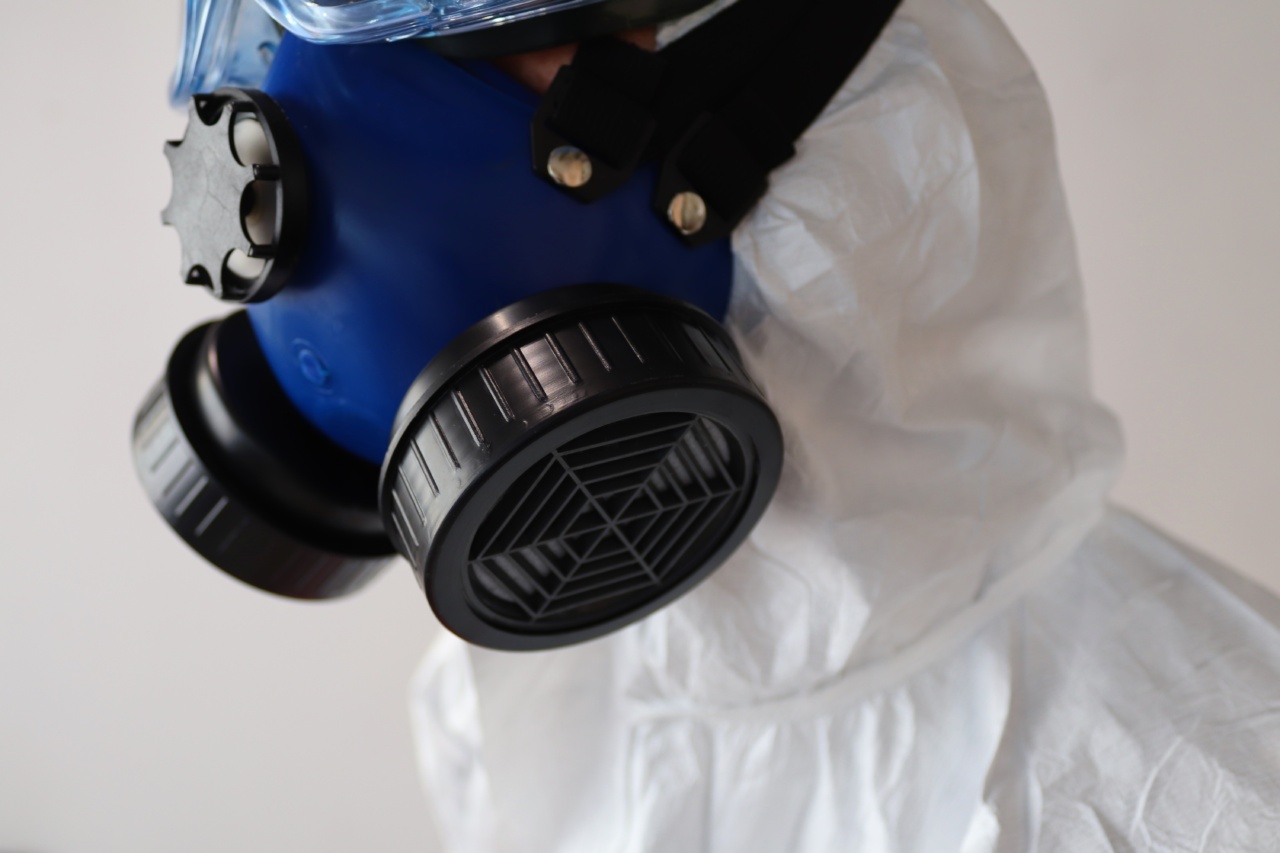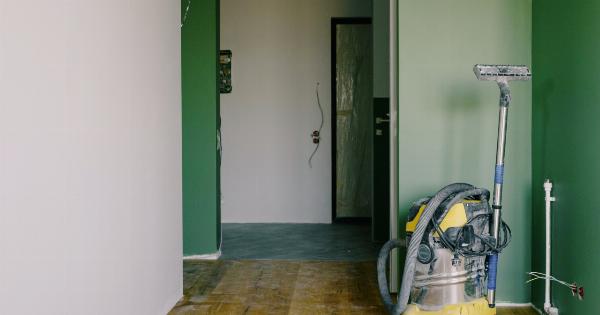Indoor air quality refers to the cleanliness and purity of the air inside a building. It is a critical factor that can impact the health and well-being of individuals who spend a significant amount of time indoors.
Poor indoor air quality can have adverse effects on respiratory health, allergies, and overall comfort levels. Factors that affect indoor air quality include ventilation, pollutants, humidity levels, and temperature.
The Importance of Indoor Air Quality
Good indoor air quality is vital for creating a healthy and comfortable indoor environment. When the air quality is poor, it can lead to various health issues such as respiratory infections, asthma, allergies, and other respiratory disorders.
Additionally, poor indoor air quality can also impact cognitive function and productivity, especially in workplaces and educational institutions.
Airborne Virus Transmission
Airborne transmission of viruses is a significant concern, especially during outbreaks of contagious diseases like COVID-19. Viruses can easily spread through the air in respiratory droplets when an infected person coughs, sneezes, talks, or breathes.
These droplets may contain the virus and, if inhaled by others, can lead to infection.
How Indoor Air Quality Affects Virus Transmission
Poor indoor air quality can contribute to the transmission of viruses by increasing the concentration and persistence of infectious respiratory droplets in enclosed spaces.
When the ventilation system is inadequate, the stagnant air allows the virus particles to remain suspended for longer periods. Additionally, if the air is dry, it can cause respiratory secretions to evaporate quickly, resulting in smaller particles that can remain suspended in the air for extended periods.
The Role of Ventilation
Ventilation plays a crucial role in reducing the risk of virus transmission indoors. Proper ventilation ensures the continuous supply of fresh outdoor air while removing stale air and pollutants from the indoor environment.
Effective ventilation systems should meet the recommended airflow rates and have appropriate filtration systems to trap airborne particles, including viruses.
Importance of Air Filtration
Air filtration is an essential component of maintaining good indoor air quality, especially during virus outbreaks.
High-efficiency air filters can effectively capture and remove a significant portion of airborne viruses, reducing the risk of transmission. It is crucial to use filters with a high Minimum Efficiency Reporting Value (MERV) rating to ensure efficient trapping of smaller particles.
Humidity Control
Maintaining optimal humidity levels is another important aspect of indoor air quality management. Research suggests that the survival of certain viruses, including the influenza virus, is significantly affected by humidity levels.
Keeping indoor humidity between 40% and 60% can help reduce the viability and spread of viruses.
Ultraviolet Germicidal Irradiation (UVGI)
UVGI is a technology that uses ultraviolet radiation to disinfect the air and surfaces from microorganisms, including viruses.
UVGI systems are commonly used in healthcare settings, but their application is becoming more prevalent in various indoor environments, including schools, offices, and public spaces.
Indoor Plants and Air Quality
Indoor plants can contribute to improved indoor air quality by acting as natural air purifiers. Plants absorb carbon dioxide and release oxygen, but some plant species can also remove harmful volatile organic compounds (VOCs) from the air.
While indoor plants can enhance air quality, it is essential to note that they may also contribute to increased humidity levels and potential mold growth if not properly maintained.
Regular Maintenance and Cleaning
Regular maintenance and cleaning of HVAC systems, ductwork, and air vents are crucial for ensuring good indoor air quality.
Dust, dirt, and other contaminants can accumulate in these areas, compromising the effectiveness of ventilation and filtration systems. It is important to schedule routine inspections and cleanings to eliminate potential sources of pollutants.
Importance of Personal Protective Measures
While maintaining good indoor air quality is important for reducing the risk of virus transmission, it is equally important to follow personal protective measures.
These measures include wearing masks, practicing good hand hygiene, and observing social distancing guidelines. Personal protective measures, combined with improved indoor air quality, create a comprehensive approach to minimize the spread of viruses indoors.































